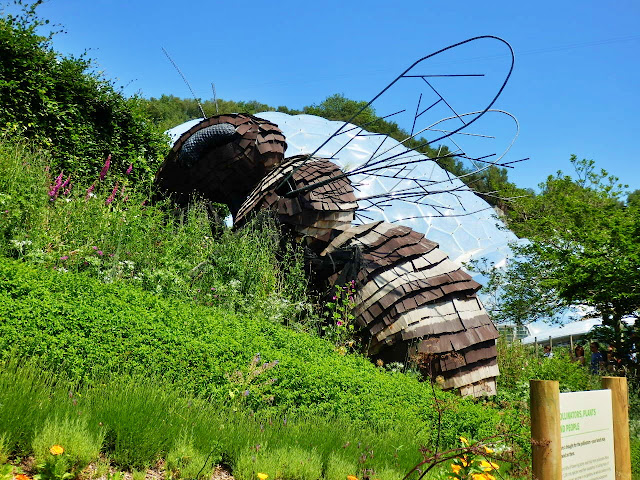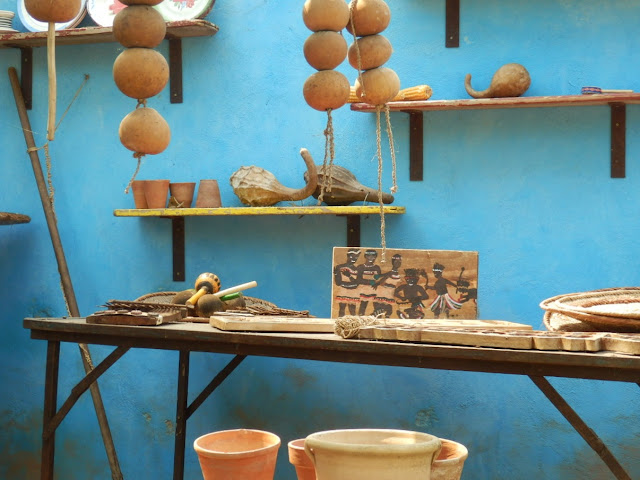Okay, I know I have published several posts on Charlestown but, for this one, I've dug out some different photos - with the help of Sammy Seagull. We lingered on the back harbour wall for quite a while discussing life in general.
There were a few hardy souls on the beach in the background.
Just below us, built into the harbour wall, is a memorial which most visitors miss.
It states: In memory of Thomas Penhall for 45 years the conscientious and devoted servant of the proprietors of Charlestown who died 24th April 1867
Looks like someone has been about with pots of paint to brighten up some of the old, unused machinery on the harbourside. The example below previously had arms to lift small boats in or out of the harbour.
Just below us, built into the harbour wall, is a memorial which most visitors miss.
It states: In memory of Thomas Penhall for 45 years the conscientious and devoted servant of the proprietors of Charlestown who died 24th April 1867
Looks like someone has been about with pots of paint to brighten up some of the old, unused machinery on the harbourside. The example below previously had arms to lift small boats in or out of the harbour.
I remember when I first moved to the area two men, I met through my work, persuaded me to go mackerel fishing with them. They lowered their small boat into the water and out we went into what I considered to be a very choppy sea.
After a while I felt quite seasick - and was, much to my embarrassment. We didn't catch any fish! Strange in a way as I love the sea. Nowadays though, I no longer eat fish or meat.
The remnants of a wagon and lines have recently been plonked near to the harbour as an exhibit. I guess there will be more to follow.
Now, the next photo may not seem too special but the cobbles that make up the yard are over 200 years old and were there for a reason - local Cornish copper.
'Bal maidens' and children would crush and sort the ore. Once cleaned the ore would be taken to this 'ore floor' by horse and cart where it would be divided into 100 ton piles to be sampled by an assayer. He would determine the copper content.
Smelting companies were then able to bid for the ore. Successful bidders would charter ships to call at Charlestown to load the ore. This would then be transported to smelters in South Wales, where they had plenty of coal. At the time it took four tons of coal to smelt one ton of copper ore.
Moving on, a row of cottages which look out over the harbour.
 |
| Bal Maidens working on the ore |
The Pier House Hotel has extended its outside seating. Very pleasant on a sunshine day.
Next a small stall selling locally sourced scallop shells.
This is one of the two small stony beaches at Charlestown.
We started to make our way back to our car. I liked the old gatepost below, bet it could tell some tales.
A few wild flowers.
And finally the path heading towards Carlyon Bay where we had parked our car.
On the way home I wondered whose legs I had seen sitting quietly watching a house being built.
Thanks for visiting my blog enjoy the week ahead.





































































